Youth Mentoring Program
The youth mentoring program is designed to empower the youth of today through "coyote mentoring", Coyote mentoring is a style of mentoring coined by Jon Young*. Coyote mentoring is named after the coyote who is often known as a "trickster", This style of mentoring often involves tricking the student into learning via opportunistic questioning, ultimately leading the student on a journey that will not only answer their original question but tie that answer to an experience so that they have a deeper understanding of whatever plant, animal, track or skill they wanted to learn or know. This is great because as a society we focus on names rather than getting to know that person, skill, plant or animal on a personal level, the experience that is tied to learning is much richer than a name. Nature connection is more important than ever, not only to combat the ever increasing "Nature Deficit Disorder" that I see so many suffering from today. But also to ensure we will have future advocates for nature, someone who will stand up and speak when the earth cannot. Children who grow up interacting with nature are more creative, empowered, independant and healthy than kids who are raised indoors isolated from the real world.
Getting outside changed my life and helped me follow my passion, I feel it is my duty to pass on all that I have learned to those that are interested.
The Program is structured around:
Adventures ( Time spent outside interacting with nature, hiking, wandering, exploring and following whatever it is we choose. It seems unstructured to the kids but is very structured internally)
Sit Spot- The sit spot is a place the student visits every day, ideally in their backyard or very close. Its a place they work on certain exercises and assignments they are given, all designed around learning about all the plants and animals that live at their sit spot while developing sensory awareness and a quiet mind
Journaling & Stories- This is an extremely important part of the program. Every week the student will have a journaling assignment that is meant to be fun (as soon as its not fun then they should stop). Its basically detective work from what we see in the field. The assignments include 15 minutes of drawing and writing about certain hazards, plants, animals, tracks, bugs or weather commonly encountered in the bay area. On top of that spending 5 minutes writing about their experience at their sit spot is also recommended (or just verbally sharing it with me via phone). This is all designed to help the student develop a "knowledge of place". After a few weeks I think even the parent will be suprised at how much your kids knows about the plants and animals in your back yard! Again this is all designed around the individual, Its supposed to be fun!
Survival Skills- A big part of this program is learning survival skills, every other class is based around a skill. some of the skills we cover include (but are not limited to): Shelter, Water location & disinfection, Fire making, Carving, Simple bow and arrows, tracking, first aid, navigation + more.
So in a nut shell: It is a flexible month by month program (1 month commitment). Consists of bi weekly phone conversations, Independant home study & journaling, 1 to 2 days a week of after school field time. The field time or "Dirt Time" is basically an unstructured (structured) learning experience for the kids. They will be learning about: local hazards, edible and utilitarian plants & trees, survival skills, navigation, tracking and more.
You can sign up for just the dirt time, or the package that includes home study & phone meetings.
Email jackharrisonsurvival@gmail.com for pricing
Feature 1
The following is placeholder text known as “lorem ipsum,” which is scrambled Latin used by designers to mimic real copy. In sit amet felis malesuada, feugiat purus eget, varius mi. Mauris id fermentum nulla. Class aptent taciti sociosqu ad litora torquent per conubia nostra, per inceptos himenaeos.
Feature 2
The following is placeholder text known as “lorem ipsum,” which is scrambled Latin used by designers to mimic real copy. Quisque congue porttitor ullamcorper. Sed a ligula quis sapien lacinia egestas. Mauris egestas at nibh nec finibus. Donec ac fringilla turpis. Nulla lectus ante, consequat et ex eget, feugiat tincidunt metus.
Feature 3
The following is placeholder text known as “lorem ipsum,” which is scrambled Latin used by designers to mimic real copy. Aenean eu justo sed elit dignissim aliquam. Aliquam bibendum, turpis eu mattis iaculis, ex lorem mollis sem, ut sollicitudin risus orci quis tellus. Vivamus sit amet semper lacus, in mollis libero.
